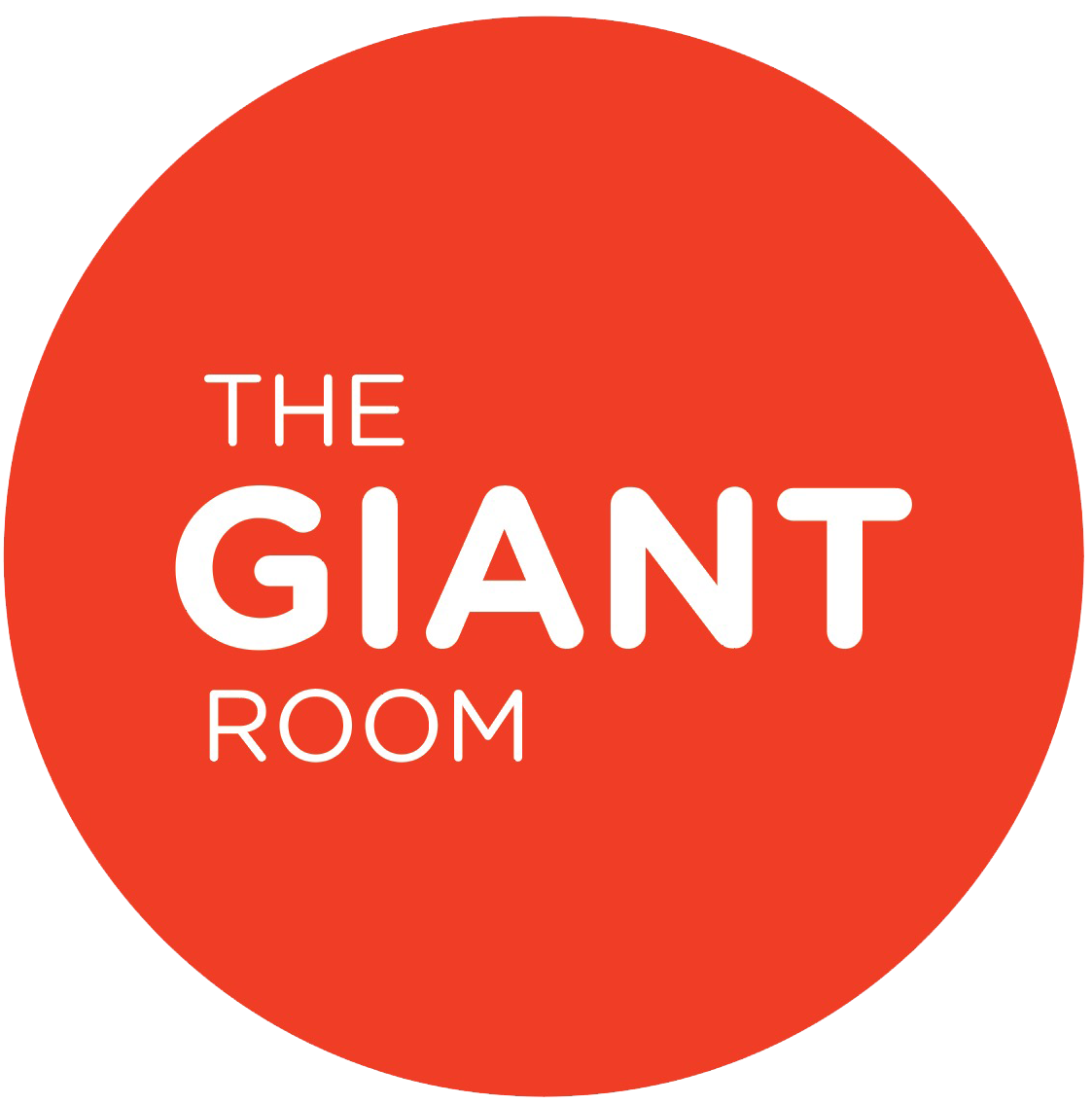STEAM (STEM + ARTS) News in Review: 3/25/2022
Our STEAM (STEM + Arts) News in Review for this week. Below are the articles we read and wanted to share. Enjoy!
Can you see memories? This past week scientists watched the brain activity of a fish and actually saw a fearful memory form in synaptic connections! So in short yes, you can recognize emotionally charged responses in the brain. Researchers from the University of SouthernCalifornia published in this recent study detailing how they were able to visualize memories forming in the brains of zebra fish by imaging them under the microscope. They observed an unexpected result where the connections weren’t just slightly tweaked but completely overhauled and new connections were formed. Their findings support that the type of memory may be critical to how the brain chooses to encode it and may help us understand why some kinds of deeply conditioned traumatic responses are so persistent and hard to unlearn.
QuantaMagazine: Scientists Watch a Memory Form in a Living Brain
Tricks birds use to migrate. Have you ever wondered how birds know where they are going when they migrate every year? A hint… the Earth’s magnetic field lines have something to do with it. This interesting piece in Scientific American learn more about how birds embark on their do-or-die migration paths to find their way to their breeding and wintering grounds. It turns out, there is evidence to suggest birds have a special sense, a magnetic compass, that helps guide them, called magnetoreception. Their ability to navigate involves inputs from several senses—mainly sight, smell, and magnetoreception. Research into the mechanism of this magnet compass suggests birds can actually perceive the Earth’s magnetic field lines based on reactions produced in their eyes. Migratory birds basically have a magnetic compass in their retinas! You may never look at birds the same.
Scientific American: How Migrating Birds Use Quantum Effects to Navigate
Nerd out with some serious battery science! Scientists are now able to look at batteries composition like never before. By studying materials that compose the battery extremely close up, they hope to streamline the process of improving battery designs. In a recent study published in the journal Nature Materials, researchers from Stanford break down how the performance of any material boils down to both its chemistry and its physical interactions at the atomic scale. They used high-resolution microscopy techniques and AI to help them understand what is happening. For the first time, they have been able to use an MRI technology for batteries to visualize and measure these forces at the single nanometer scale. These developments have the potential to lead to an “indestructible” battery and accelerate industries like the electric car.
Popular Mechanics: How Artificial Intelligence Could Give Us ‘Indestructible’ Rechargeable Batteries
New eco-greenhouse design you don’t want to miss. Spurred by the question how can our most basic needs be met in a more ecological way? a team of researchers and students from the Institute for Advanced Architecture of Catalonia (IAAC) have designed a prototype Solar Greenhouse for energy generation and food production. They used a theory called “zero kilometre" which is typically used to describe food that is produced and eaten locally, and thus has travelled zero kilometres and in its construction, the greenhouse is made of timble and with materials being locally and sustainable sourced. The prototype is intended it to be scalable and adaptable to a variety of settings, such as on the rooftops of inner-city buildings with the goal to expand knowledge and impetus to apply ocally achieved systems at a global scale.
Dezeen: Solar Greenhouse is a prototype for "zero kilometre" food production and energy generation
When pets become points of inspiration. How can you help tell a story of a room or really bring it to life in a meaningful way? It turns out, you should look for inspiration in the things around you and that you care about. This article shares an interior design secret; if you build a room around a specific treasured item or feeling, you will create a place that really captures your personality. People take inspiration from a variety of places like their favorite art pieces, a special place in the world, a favorite article of clothing, a toy, or many times their pets. People have matched wood floors to the sandy shades of their Labradors, or emulated stripes and colors of their cats’ fur in textiles for their space. So next time you’re thinking of how to achieve a certain vibe in your spaces, look to your furry pet friends!
Washington Post: Design inspiration can come from anywhere including your cat
Have you ever heard of a topologist? Mathematician, Dennis Sullivan, is an expert in topology, which is the study of all different sorts of spaces or simply the modern version of geometry. Dr. Sullivan advanced the study of shapes, and he developed tools that have helped to solve many mathematical problems with significant applications in fields ranging from physics to economics to data science. For this work, he was just awarded the 2022 Abel Prize, a highly prestigious award for achievements in math. The Abel Prize has come to represent a lifetime achievement award, previously awarded to many famous mathematicians. Professor Sullivan, is currently at both Stony Brook University in Long Island, New York, and at the City University of New York. is grateful to be recognized “It’s nice to be included in such an illustrious list,” says Sullivan.
Nature:Virtuoso mathematician who re-shaped topology wins Abel Prize

